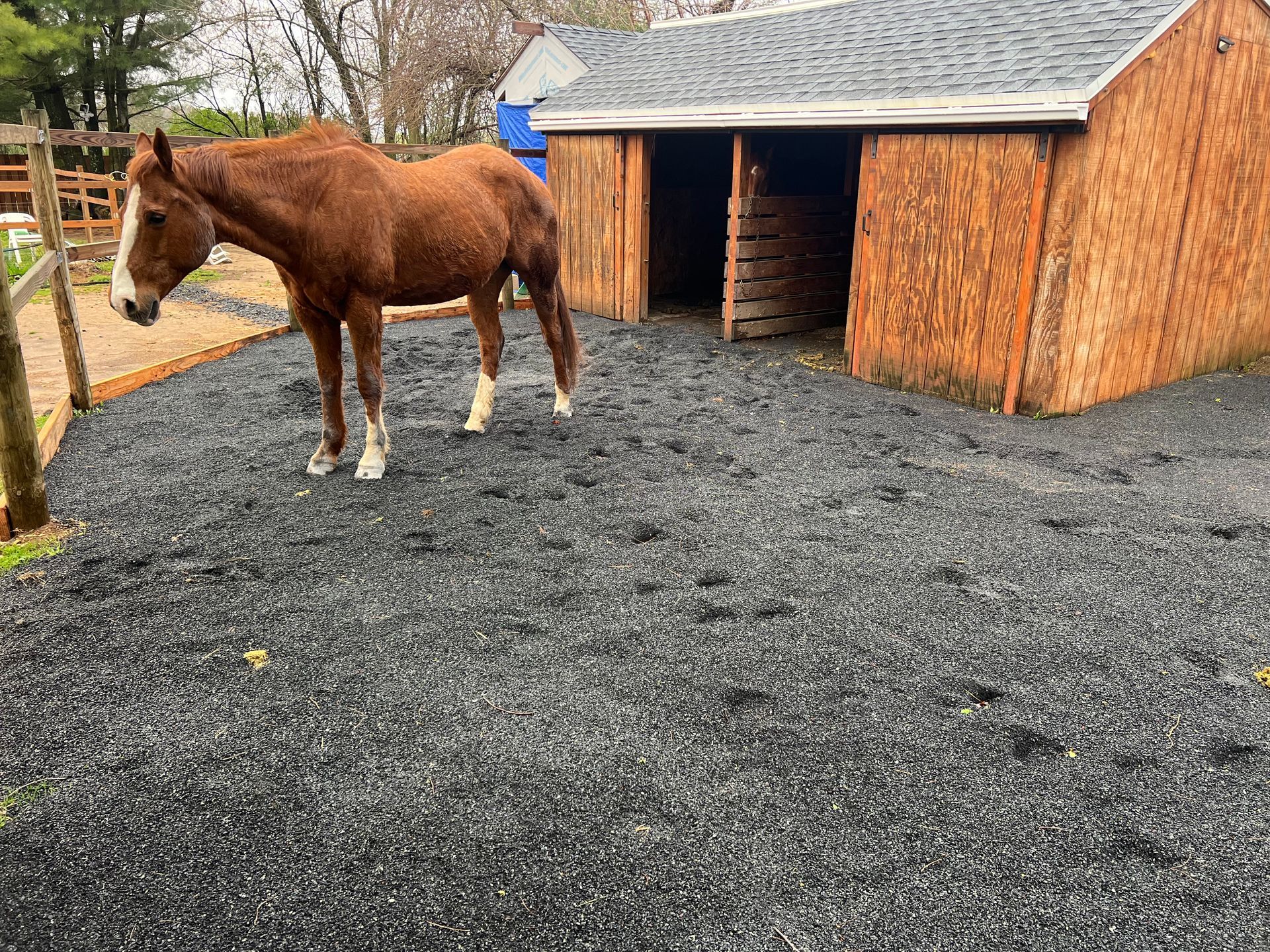False sole/ Exfoliating Sole
One Minute Discussions #39
Discussing Natural Hoof & Horse Care
FALSE SOLE / EXFOLIATING SOLE
The horses sole exfoliates and it’s a normal process. This happens usually when there’s a change in weather from wet to dry (vise versa), when the hoof overgrows, when there’s an abscess, etc.
Horse soles tend to exfoliate in different ways… it can happen in chunks, small powder-like form or in one huge piece (as in the video). The way it exfoliates depends a lot in the terrain the horse is walking/living on.
Should exfoliating sole be trimmed by farriers?
My opinion: depends! What ground is the horse going to be walking on? Will the horse have hoof protection such as glueons or boots? How thick is the new sole underneath the old exfoliating sole? Will the horse be ridden or worked? In this particular case, is the old sole causing discomfort or acting as an extra layer of protection?
All of this should be considered if a trimmer or farrier decides to take a huge chunk out of the exfoliating sole.
(Horse in video was sound and happy after trim🙂)
Denys A.
